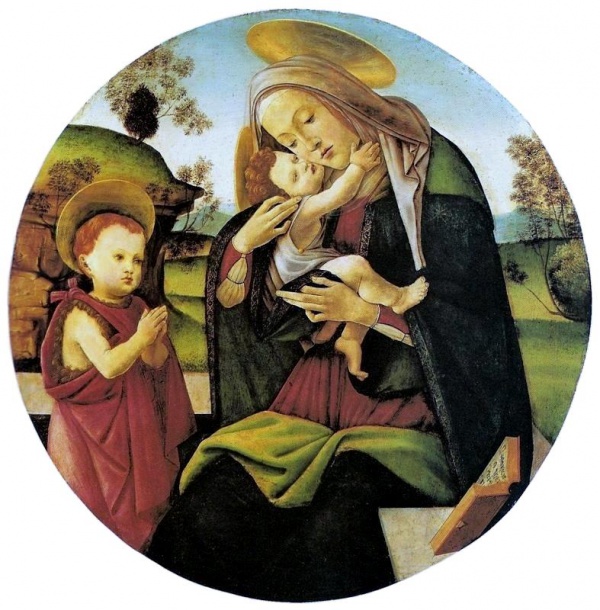Facts About Virgin and Child with the Infant St. John the Baptist
"Virgin and Child with the Infant Saint John the Baptist" is a stunning tempera painting on wood by Sandro Botticelli and his workshop, produced during the Italian Renaissance. This masterpiece resides at the São Paulo Museum of Art. Completed between 1490 and 1500 in Florence, the artwork explores the timeless theme of divine motherhood, a central motif in Renaissance art.
The depiction of the Madonna with the infant Jesus has a rich history, evolving significantly from the more formal representations of the High Middle Ages to the emotionally expressive depictions of the Italian Renaissance. Botticelli created numerous Madonna paintings, often using the circular tondo format, which was quite popular for private devotion and home decoration during the 15th century.
This particular painting at MASP marks a shift in Botticelli's style towards the end of the 15th century. The composition emphasizes the close, intimate bond between Mary and Jesus, moving away from the more rigid, sacred approach typical of earlier Byzantine art. Art historians have noted the use of cross and radial lines in the drawing, reflecting a more mature and liberated composition style in Botticelli's later works.
Experts have confirmed the painting's attribution to Botticelli, though some believe that parts of the background landscape and the figure of Saint John the Baptist might have been painted by assistants in Botticelli's studio. The painting boasts an intriguing provenance, having been housed in the Capponi Palace in Florence, then in the collection of Thomas Blayds in Liverpool, before finally being acquired by the São Paulo Museum of Art in 1947.

 Uruguay
Uruguay